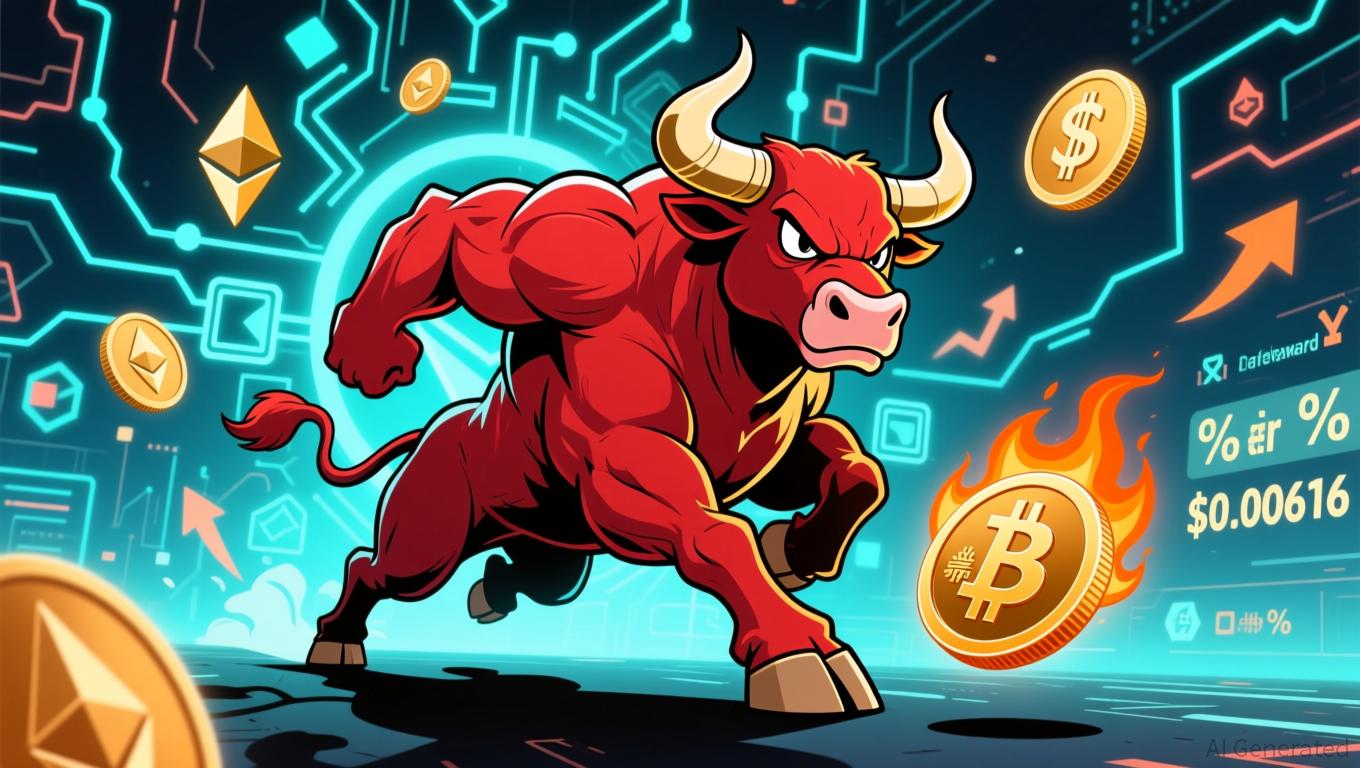Tokenization is finance’s email moment: Rebank RWA report
A new report by fintech analytics firm Rebank explains the potential of RWAs to reshape the financial system.
- RWAs represent a major shift in how the financial system works
- Tokenized assets are still small, but their growth is accelerating
RWAs are for finance what email is for paper mail, says fintech analytics firm. On Tuesday, Sept. 30, Rebank published a report titled Real World Assets: The Practitioner’s Guide, detailing the potential role RWAs may play in the future of finance.
According to the report, the main benefit of RWAs is the programmability and composability of digital assets. Traditionally, assets have been trapped within siloed databases and could move only through intermediaries. Tokenized assets, by contrast, can be transferred and exchanged instantly without the need for intermediaries.
As an analogy, consider the shift from paper mail to email: both systems deliver messages, but email collapses intermediaries, enables automation, and operates globally in real-time,” Rebank report .
Composability is another critical aspect, the report notes. For instance, holders can swap tokenized Treasuries directly for stablecoins or use a tokenized loan as collateral in a DeFi protocol, executing these operations without negotiating with a third-party intermediary.
RWA growth is accelerating
The report acknowledges that the RWA space remains small, but argues that the pace of adoption is the more revealing metric.
“Tokenized assets remain small relative to traditional markets, but their growth rates are striking. As of 2025, tokenized U.S. Treasuries represent only a few billion dollars in AUM, compared to a $20 trillion overall U.S. Treasury market. Stablecoins total approximately $280 billion, versus more than $18 trillion in U.S. bank deposits. Tokenized MMFs from leading issuers together hold billions, but this is still a rounding error relative to the $8 trillion global MMF market,” Rebank report.
The report also draws parallels with ETFs, which were once considered niche. By the early 2000s, ETF growth accelerated, and the vehicles eventually reshaped the investment-management landscape.
Disclaimer: The content of this article solely reflects the author's opinion and does not represent the platform in any capacity. This article is not intended to serve as a reference for making investment decisions.
You may also like
Ethereum Updates Today: MoonBull’s Unique Ethereum Foundation Distinguishes It in the Competitive Meme Coin Space
- MoonBull ($MOBU) surges in Stage 6 presale with 7,244% ROI potential, leveraging Ethereum's security and deflationary tokenomics. - A structured referral system offers 15% extra tokens and USDC bonuses, driving $600K+ raised and 2,000+ holders. - Unlike meme coins, MoonBull's Ethereum-based model with staking and governance aims for sustainability, contrasting with volatile alternatives like TRUMP and XRP . - Analysts caution about crypto volatility, emphasizing ROI projections depend on market condition

From Pharmaceuticals to Blockchain: Lite Strategy's $100 Million LTC Reserve Disrupts Traditional Finance
- Lite Strategy (LITS) becomes first U.S. publicly traded company to adopt Litecoin as primary reserve asset after $100M private placement. - Partnership with crypto firm GSR and Litecoin creator Charlie Lee on board aims to institutionalize digital treasury management amid volatile markets. - $12.21M working capital and 12.39 current ratio highlight liquidity strength despite 18% YTD stock decline and mixed institutional investor reactions. - Strategic shift from pharmaceuticals to crypto reserves challen

Malaysia’s Broad Trade Approach Counters Trump Tariffs, Fuels 5.2% Economic Expansion
- Malaysia navigated Trump's 2025 tariffs via trade diversification and diplomacy, avoiding panic amid global market shocks. - U.S. reduced tariffs to 19% in October 2025 after Malaysia opened markets, coinciding with 5.2% Q3 GDP growth driven by exports and fiscal discipline. - Strategic trade ties with China, Singapore, and U.S. mitigated protectionist impacts, supported by ASEAN coordination and non-retaliatory policies. - Malaysia's $250M investment in semiconductor design and renewable energy reflects
Lite Strategy’s Balancing Game in Crypto-Pharma: Is It Possible to Manage Instability and Tradition Together?
- Lite Strategy (LITS) rebranded from MEI Pharma to focus on Litecoin , acquiring 929,548 LTC via a $100M PIPE in July 2025. - The company partners with GSR for crypto treasury management and launched a $25M share repurchase program in October 2025. - LITS holds $12.21M in working capital with no debt, while balancing pharmaceutical asset sales (e.g., ME-344) with crypto investments. - Despite strong liquidity (current ratio 12.39), the stock faces volatility risks and regulatory uncertainties in its crypt
